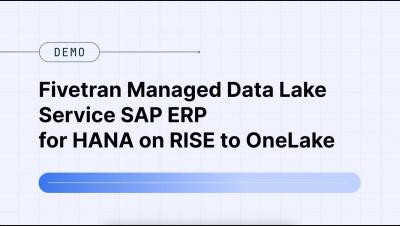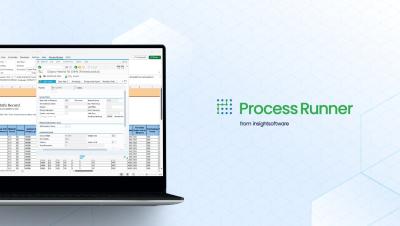Throughput in Performance testing: A Comprehensive Guide
Measuring throughput and latency is a critical step in load testing software to ensure application performance and stability. In this article, we’ll discuss essential considerations before beginning performance testing and provide a detailed, step-by-step guide on leveraging production traffic replication in Kubernetes. This approach helps you accurately determine your software’s maximum throughput during performance testing.











